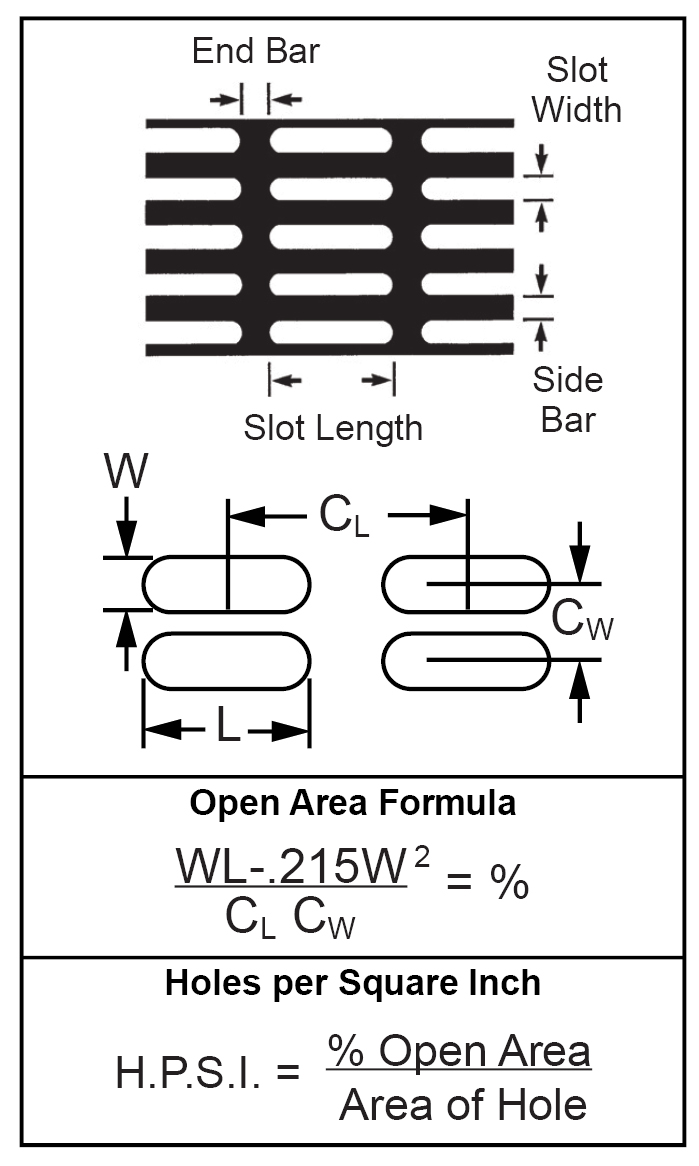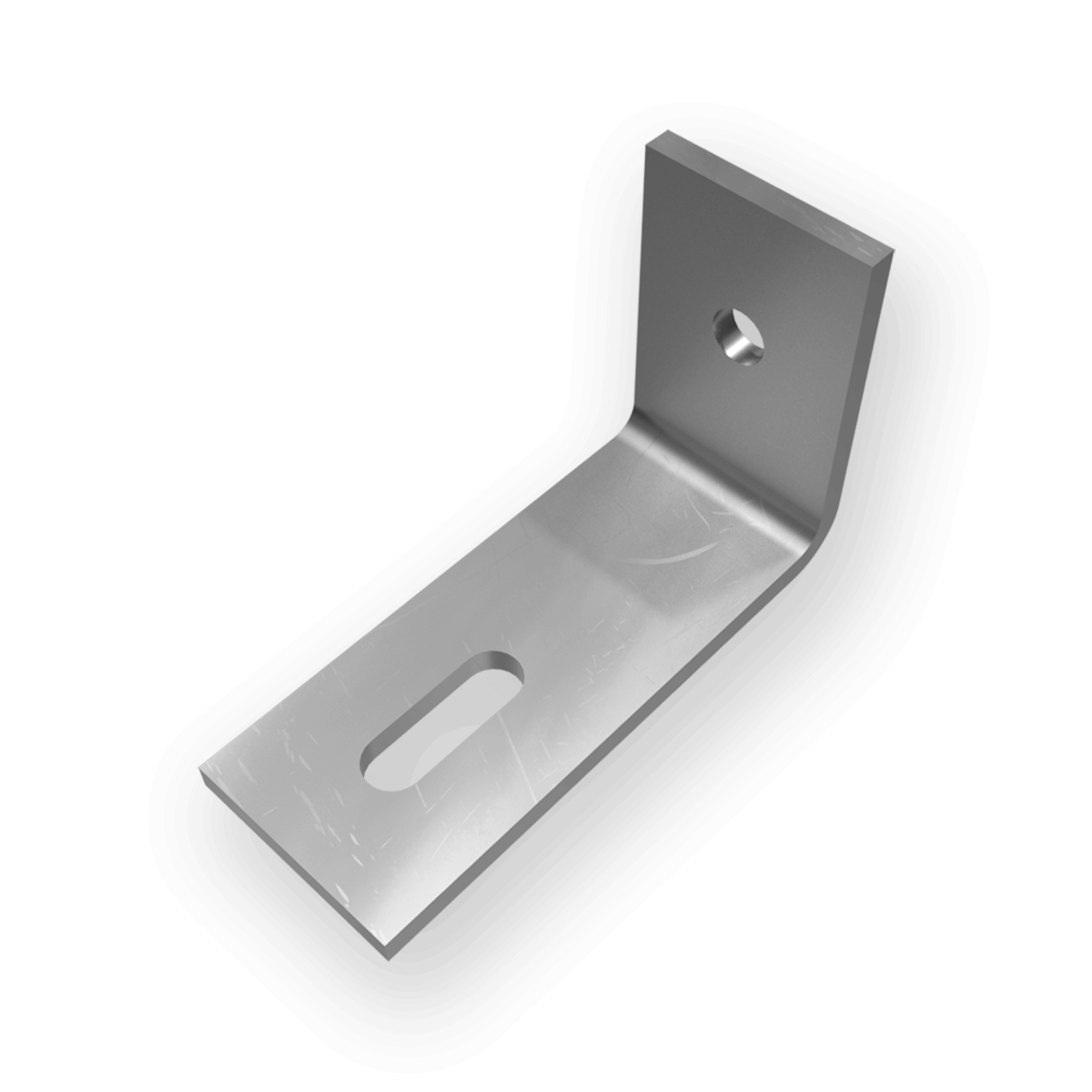A Slot Hole

A Kensington Security Slot (also called a K-Slot or Kensington lock) is part of an anti-theft system designed in the early 1990s[1] and patented by Kryptonite in 1999–2000,[2] assigned to Schlage in 2002, and since 2005 owned and marketed by Kensington Computer Products Group, a division of ACCO Brands.[3]
Slot Hole Dimension Standard A Pictures Of 2018. Full R Vs Drafting Standards Gd T Tolerance Ysis Eng. Gd T Best Practices 2016 04 01 Quality. Handmade Leathercraft Tool Oblong Slot Hole Punch for Leather 15mm 0.6' Size 5 GoodsJapanCOM. From shop GoodsJapanCOM. 5 out of 5 stars (46) 46 reviews $ 44.99 FREE shipping Favorite Add to 1.5 Inch 38 mm Triangle Double Rings, Slot and Hole Loop Buckle, Shiny Rose Gold Finish, 6 Pack, Purse Handbag Hardware, 1-1/2', RNG-AA358.


Description[edit]

The system consists of a small, metal-reinforced hole found commonly on small or portable computers and electronics equipment such as laptops, computer monitors, desktop computers, gaming consoles, and video projectors, combined with a metal anchor attached to a rubberized metal cable secured with a key or combination lock. The end of the cable has a small loop that allows the cable to be looped around a permanent object, such as a heavy table or other similar equipment.[2]
The hole is found in most laptops, although a lock for it is typically not included. Occasionally, the slot is located so that installing a lock will also prevent the removal of a valuable subcomponent, such as a rechargeable battery or a memory module. The Kensington slot may be marked with a small icon that looks like a padlock with a capital 'K', or the slot may be unlabelled.
Security[edit]
Is A Slot A Hole
Kensington locks are not designed to be an impervious protection measure.[3] Because most computer equipment cases are generally made of plastic or thin metal, the lock can be torn out, though not without doing significant visible damage to the case. The cable itself can be cut if an individual has a wire cutter or bolt cutter sufficiently strong to cut through the cable material, which will vary between different brands of cable. The Kensington type locks are useful to discourage quick grab-and-run thefts of equipment from casually supervised locations such as coffee shops, but cannot prevent the removal of equipment secured in an unattended location.
The key is often a cylindrical type, but there are versions which use a traditional flat key. There are also versions of the lock that use a numeric combination instead of a key.[3]
Slot Hole Sizes
Alternatives[edit]
Several manufacturers offer similar locking mechanisms that do not require a special lock hole.[4] They attach to a popular port, such as the VGA or printer port, and have special screws to secure locks in place.
References[edit]
Slot Hole Dimension
- ^The Computer Chronicles, The Computer Chronicles - Notebook Computers (1992), retrieved 2018-12-13
- ^ abSecurity anchor/tether assemblage for portable articles: U.S. Patent 6,081,9746,317,936 and 6,360,405 (Cornelius McDaid, John Ristuccia, Kryptonite Corporation - priority date: 1999-06-21)
- ^ abc'Kensington SAFE Security Ratings'. Archived from the original on 2011-09-03. Retrieved 2014-04-12.
- ^'PA496U: Targus DEFCON® VPKL - Video Port Key Lock'. Archived from the original on 2009-05-27. Retrieved 2014-04-12.
External links[edit]
| Wikimedia Commons has media related to Kensington lock. |
